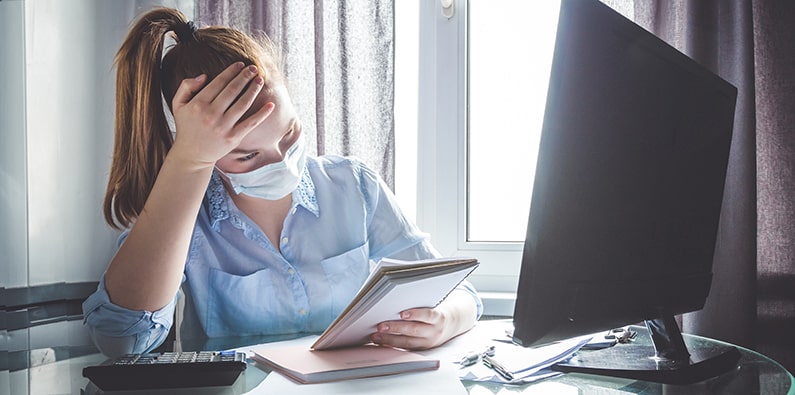Working from Home
I hope you are well, in these very strange times,
Please find below the latest government guidance on Corona Virus. In it there are sections on “how to protect your self and others” and a section on “business and other organisations”
These sections contain a wealth of information including booklets and posters which can be downloaded. I advise that the website should be checked on a regular basis as the situation is so fluid.
https://www.gov.uk/coronavirus
I have also attached a Corona Virus risk assessment format, a Home Working Risk assessment and a HSE PDF on Home working which you can use.
If you have any questions, on how to carry out the risk assessment please don’t hesitate to contact me.
Below is some information on hone working from the HSE.
Protect home workers
As an employer, you have the same health and safety responsibilities for home workers as for any other workers.
When someone is working from home, permanently or temporarily, as an employer you should consider:
- How will you keep in touch with them?
- What work activity will they be doing (and for how long)?
- Can it be done safely?
- Do you need to put control measures in place to protect them?
Lone working without supervision
There will always be greater risks for lone workers with no direct supervision or anyone to help them if things go wrong.
Keep in touch with lone workers, including those working from home, and ensure regular contact to make sure they are healthy and safe.
If contact is poor, workers may feel disconnected, isolated or abandoned. This can affect their stress and mental health levels.
Working with display screen equipment
For those people who are working at home on a long-term basis, the risks associated with using Display Screen Equipment must be controlled. This includes doing home workstation assessments.
However, there is no increased risk from DSE work for those working at home temporarily. So in that situation employers do not need to do home workstation assessments.
You could provide workers with advice on completing their own basic assessment at home. Attached is a DSE assessment format.
There are some simple steps you can take to reduce the risks from display screen work:
- breaking up long spells of DSE work with rest breaks (at least 5 minutes every hour) or changes in activity
- avoiding awkward, static postures by regularly changing position
- getting up and moving or doing stretching exercises
- avoiding eye fatigue by changing focus or blinking from time to time
Specialised DSE equipment needs
Employers should try to meet those needs where possible.
For some equipment (eg keyboards, mouse, riser) this could mean allowing workers to take this equipment home.
For other larger items (eg ergonomic chairs, height-adjustable desks) encourage workers to try other ways of creating a comfortable working environment (eg supporting cushions).
Stress and mental health
- Home working can cause work-related stress and affect people’s mental health.
- Being away from managers and colleagues could make it difficult to get proper support.
- Keep in touch
- Put procedures in place so you can keep in direct contact with home workers so you can recognise signs of stress as early as possible.
- It is important to have an emergency point of contact and to share this so people know how to get help if they need it.
HOME WORKING ASSESSMENT
HOME WORKING GUIDANCE
COVID 19 RISK ASSESSMENT


Recent Comments